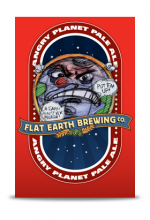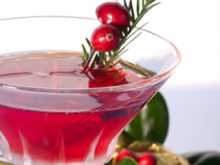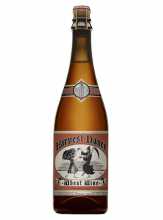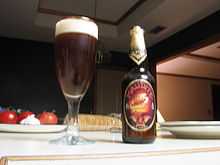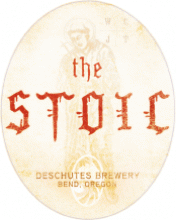Angry Planet
It has the two characteristics I think of as being the defining traits of a bad microbrew- an unpleasant aftertaste caused by using an overabundance of hops, and a flavor reminiscent of orange peels. I'm well aware that some people like it, but I just don't buy it. Is there any great beer-making tradition in the entire world based on creating beer that tastes like orange peels? If there is, I can't think of one.
As far as I know, this is something you only ever find in American microbrews, and I think I might know why. Being all too aware of the longstanding reputation of American beers as being “damn closed to water,” our brewers have overcompensated, by trying too hard to make their beers “intense.” The unfortunate result of this is that our beers are still not well-respected by a lot of discerning beer drinkers from countries with more established traditions of brewing really great beers. They used to think of American beer as being watery; now they think it tastes like orange peels. It's not an improvement!
Flat Earth is not to blame for this situation, merely for buying into it with this particular beer. I highly recommend their other beers I've listed above, and I think they really know how to make a good beer. Just not an “intense” one!
